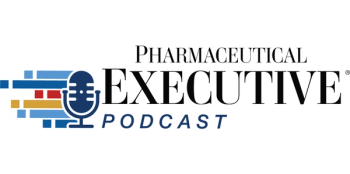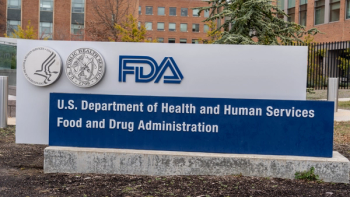
How Are Executives Adapting Their Growth Strategies to the Current Environment?
Craig Ackerman, partner in the Alexander Group and lead of its medical device practice, discusses how events from the past few years have shaped the current market.
Pharmaceutical Executive: How are executives adapting their growth strategies to the current environment?
Craig Ackerman: As far as the current environment, it’s been an interesting few years. There’s been the shock of much higher interest rates, especially in biotech, lower investment rates, Medicare Part D changes, and there’s still some big announcements from major pharma companies in regard to profit impact.
New therapeutics and advanced diagnostics are still launching every day. Our surveys indicate that in pharma and biotech sectors, there’s healthy growth. It’s very different than some of the gloom and doom stories out there.
There are challenges with navigating licensing, M&A, and choosing whether to commercialize independently or not. What path you choose to drive growth depends on where you’re at specifically as an organization.
PE: How are tariffs impacting growth strategies?
Ackerman: It’s a question we ask quite often. The impacts seem to be muted and I haven’t talked to anyone that has any major concerns.
I’ve done some work in other, related industries, and they were very worried. In pharma, the tariffs hit later and there’s a bunch of carve outs.
PE: How do global pharma growth strategies differ from domestic strategies?
Ackerman: There are two different models for commercializing based on global location. The nice thing about the US is we have a fairly homogenous healthcare, which isn’t true in Europe. Each country has a different healthcare system, which makes commercialization difficult.
In terms of what we’re seeing and what types of therapeutics being commercialized: rare disease, oncology, autoimmune, and obesity with GLP-1s. As you commercialize, depending on the size of the market, the models scale differently.
In the US, it’s still very sales rep intensive. Over time, you see see key accounts, case management, and nurse education supplementing the traditional sales rep. Our data says that over time, strategies will shift from being 80-90% focused on sales reps to about 40%.
MSLs are still customer facing, and we’re seeing companies expand the number of MSLs they have to serve those different functions.
PE: Should pharma adjust its strategy to prepare for an AI bubble?
Ackerman: Interesting question. AI is in the press every day for both good and bad reasons. A lot of companies are using AI justify layoffs.
In our survey, 75% of companies are investing in AI. In our pharma surveys, however, the number was smaller at 20%. That doesn’t shock me.
Pharma and biotech are highly regulated, which slows down new technology adoption. This is especially true for the commercial organization because there’s so much scrutiny.
I tell clients that it’s not going away and they should invest in it, understand how it can impact business, and take advantage of what it has to offer. However, it’s still in its infancy and I compare it to the dotcom boom.
We had a major market correction, but over time, the internet continued to grow. AI will help automate basic functions. Think about things in marketing like copy writing. It’s going to easier to do with AI.
Newsletter
Lead with insight with the Pharmaceutical Executive newsletter, featuring strategic analysis, leadership trends, and market intelligence for biopharma decision-makers.





